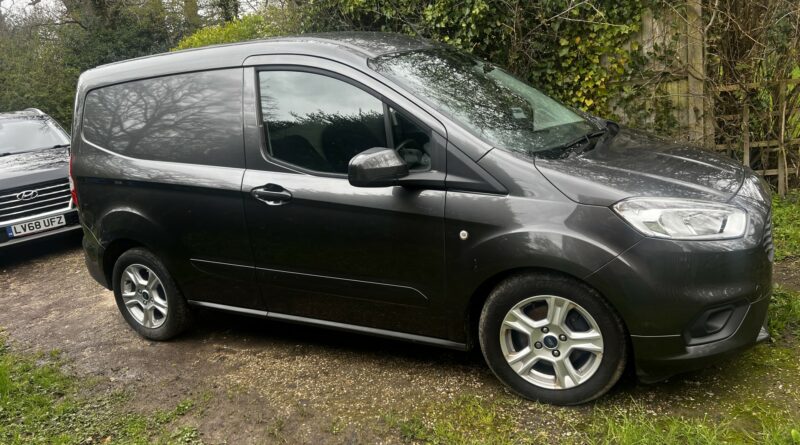Guide to Van pre purchase Inspection
Whether you’re buying a new or used van, conducting a thorough pre purchase inspection is crucial to ensure safety, reliability, and peace of mind. In this comprehensive guide, we’ll walk you through the essential steps of van inspection. Vans are versatile vehicles widely used for various purposes, from transporting goods and people to serving as mobile workshops or camper vans. Service history importance.
1. Exterior Inspection
a. Body and Paint:
Start your inspection by examining the van’s exterior. Look for any dents, scratches, rust, or signs of collision damage. Ensure that the body panels align correctly and there are no noticeable irregularities. Inspect the paint for consistency and signs of repainting, which may indicate previous damage.
b. Tires and Wheels:
Check the condition of the tires, including tread depth and wear patterns. Uneven wear may suggest alignment or suspension issues. Inspect the wheels for cracks, bends, or missing lug nuts.
c. Glass and Lights:
Examine all windows and mirrors for cracks or chips. Test the functionality of headlights, taillights, turn signals, and brake lights. Ensure that all lenses are intact and not fogged.
d. Undercarriage:
Inspect the undercarriage for rust, corrosion, or visible leaks. Pay close attention to the exhaust system and suspension components.
2. Interior Inspection
a. Cabin:
Enter the van and check the overall condition of the cabin. Look for tears, stains, or excessive wear on the seats, dashboard, and headliner. Ensure all seatbelts function properly and check the condition of the steering wheel and pedals.
b. Controls and Features:
Test all interior controls, including air conditioning, heating, radio, and infotainment systems. Ensure that all dashboard warning lights illuminate during startup and go off once the engine is running.
c. Cargo Area:
If the van is intended for transporting goods, inspect the cargo area. Look for any damage, signs of leaks, or modifications that might affect usability.
3. Under the Hood
a. Engine Compartment:
Open the hood and inspect the engine compartment. Check for signs of oil or fluid leaks, loose or damaged hoses, and corroded battery terminals. Ensure the engine bay is clean and free of debris.
b. Fluid Levels:
Check engine oil, transmission fluid, brake fluid, coolant, and power steering fluid levels. Ensure they are at the appropriate levels and look for any signs of contamination or discoloration.
c. Belts and Pulleys:
Examine the condition of the drive belts and pulleys. Cracks, fraying, or excessive wear indicate the need for replacements.
4. Test Drive
Before making a final decision, take the van for a test drive. Pay attention to the following:
a. Acceleration and Braking:
Test the van’s acceleration, braking, and overall handling. Listen for unusual noises, vibrations, or steering issues.
b. Transmission:
Shift through all gears (if applicable for automatic transmissions) and ensure smooth transitions. For manual transmissions, check for clutch engagement and gear changes without grinding.
c. Alignment:
Drive on a straight, flat road and release the steering wheel for a moment to check if the van maintains a straight path. Uneven alignment might indicate suspension or tire issues.
d. Suspension:
Drive over rough terrain or speed bumps to assess the suspension’s condition. Listen for squeaks or clunks, which could signify problems.
5. Vehicle History and Documentation
Request the van’s maintenance records and a carry out vehicle history check. This information can reveal past accidents, repairs, and maintenance, helping you make an informed decision. Here is more information how to buy a good practical van.
6. Pre-Purchase Inspection by a Professional
Consider having a qualified technician from CarExamer to inspect the van, especially if you lack experience or confidence in your own assessment. A professional inspection can uncover hidden issues and provide expert advice.
In conclusion, a thorough commercial vehicle inspection is vital to ensure you’re making a safe and reliable investment. Whether it’s for business or personal use, taking the time to assess the van’s condition will help you avoid unexpected problems and enjoy trouble-free ownership for years to come.
Buying a used VW. Buying used vauxhall, BMW, Jaguar, Ford, Volvo, Range rover, Bentley, Aston Martin, Porsche, Ferrari, Lamborghini, Maserati, Hyundai, Tesla, Honda, Pagani

